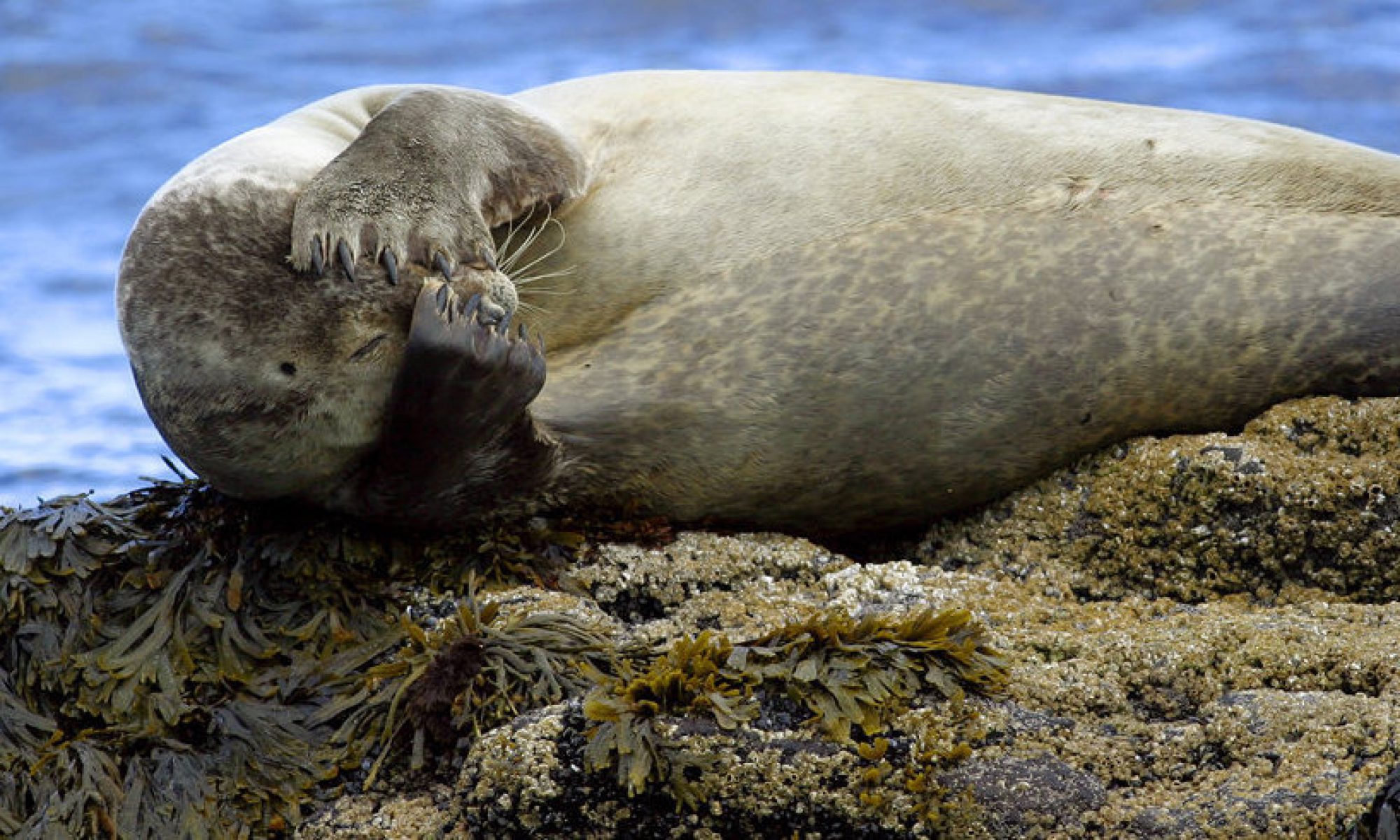SELASETUR REPORT NO. 0201
view report here
The Wild North Annual Report 2009
The behaviour and abundance of harbour seals (Phoca vitulina);
How do tourists affect the seals?
by
Sandra Magdalena Granquista
INTRODUCTION
The interest in seal watching has grown rapidly during the last few years and at this point, it is not uncommon that seal watching is one of the main goals of the trip for tourists coming to Iceland. Nevertheless, several studies suggest that tourism can have a disturbing effect on the seals and negatively affect their behaviour and ecology. For example, in some cases, tourism may lead to changes in abundance and/or to a decrease of fitness among seals (see for example Johnson and Lavigne, 1999). Other studies indicate that direct disturbance of wildlife watching might be reduced by keeping a certain distance from the animals and by behaving calmly (Cassini, 2001).
Until now, the behaviour of seals has not been studied in Iceland and therefore, knowledge about possible effects on seals due to tourism is lacking. To be able to give advice about at which conditions seal watching has the least possible negative effect on seals and thereby, how to develop seal watching as a sustainable form of tourism, it is necessary to study this further. A study was therefore conducted in Vatnsnes peninsula, in the north west of Iceland, which includes some of the most popular seal watching locations in Iceland. In 2008, a pilot study was made and in 2009-2011, this study will be carried out.
The aim of the study was to investigate if tourists affect the haul-out behaviour and abundance of the common seal (Phoca vitulina) and how it would be possible to minimize this effect. The aim is also to study the time budget of harbour seals in haul-out sites and to find out what factors affect the possibilities of seeing seals on land.

